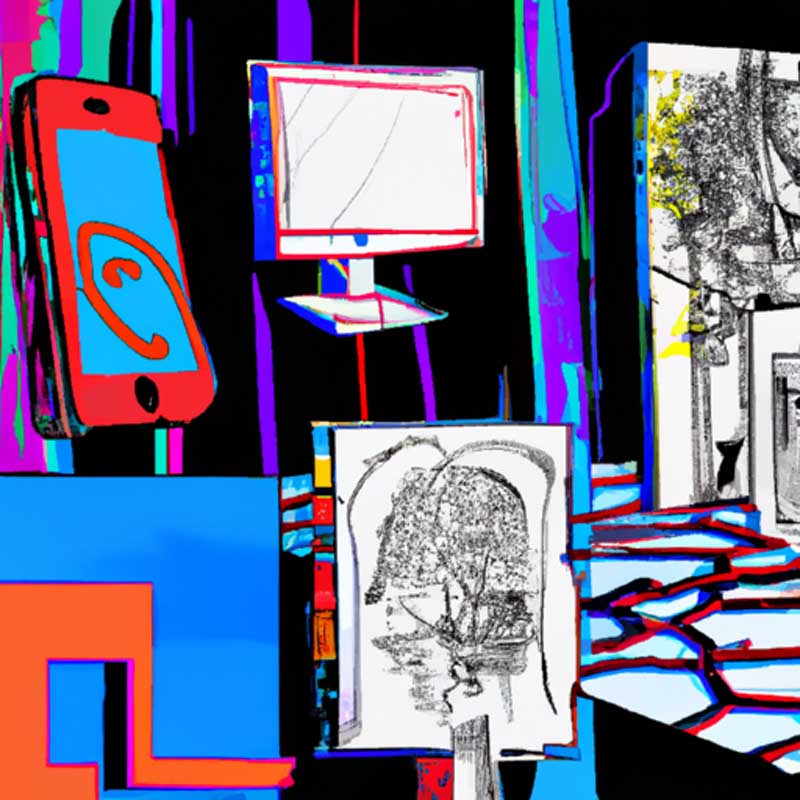- Google’s recently released note-taking application, NotebookLM, is an AI assistant designed to provide insights from the user’s data. However, there are limitations and it hasn’t proven to be a useful business tool yet.
- The application can accept PDFs and copied text but not spreadsheets, documents, or URLs. It also doesn’t perform well for complex tasks such as evaluating resumes.
- Despite its current shortcomings, there is still optimism that NotebookLM could evolve into a more robust, helpful tool in the future.
The newly released application by Google, NotebookLM, which uses AI to provide insights from user data, has yet to prove itself in the business world. The author of the article, Gene Marks, evaluated this application by using it to aid in his hiring process, specifically, sorting through resumes. Despite its promising features, NotebookLM failed to deliver useful results.
NotebookLM has the ability to extract data from files saved on Google Drive and assist users in building notes. It boasts features such as generating summaries, conducting searches across multiple notes and files, and even creating blog posts. Users can also share their notebooks with others. Despite these features, the application has several limitations.
Firstly, it only accepts PDF files and copied text, neglecting other formats such as spreadsheets, documents, and web URLs. This limitation requires users to convert files into acceptable formats, further extending the time to process the data. Furthermore, the application is unable to analyze multiple notebooks at once, which can hinder broader analysis or cross-referencing tasks.
In the hiring context, NotebookLM’s ability to analyze applicant data was lacklustre. Specifically, when asked to identify candidates with financial experience, degrees, or experience with technology firms, the responses were either incomplete or inaccurate.
In conclusion, while Google’s NotebookLM has the potential to be a game-changer AI note-taking application, it is currently still in the experimental phase. Optimism remains for its future development, as the current limitations are expected to be addressed through subsequent updates as the tool evolves.
